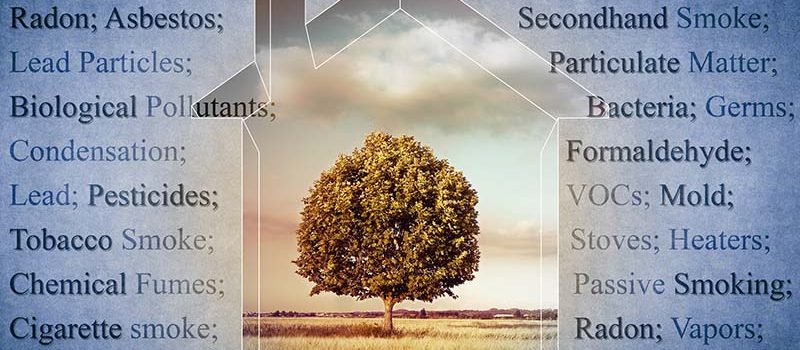
What is your IAQ IQ?
Your IAQ IQ can tell you a lot about how good you are at maintaining a clean, healthy indoor environment.
By Doug Hoffman
Your indoor air quality (IAQ) intelligence quotient (IQ) can tell you a lot about how good you are at maintaining a clean, healthy indoor environment. Test your IAQ IQ using the quiz below. See how YOU do so you can then see what WE do to help.
Questions
- Which off the following contaminants makes up the largest percentage of our settled dust?
- A. Pollen
- B. Insect parts
- C. Dead skin cells
- D. Material fibers
- E. Fiberglass
- How many gallons of air do we breathe every day?
- A. 30
- B. 300
- C. 3000
- D. 30000
- E. 3000000
- Can mold be present in an environment without the environment smelling musty?
- A. Yes
- B. No
- C. Maybe
- When should my filter be replaced?
- A. Annually
- B. Never
- C. When dirty
- D. Whatever the manufacturer suggests.
- —————————————————————————————————————————————-
- Answers
- C. Dead skin cells — According to those who study these things, 80% of the dust we see in a shaft of light is comprised of dead skins cells. Unlike snakes that shed their skin all at one time, we are constantly shedding ours, all day long. Much of that skin and dander is microscopic and eventually settles out on the piano or table creating the pile of dust we see lying around in our indoor environment.
- C. 3000 — This is an amazing statistic. When we are resting, we breathe approximately 3,000 gallons a day, which equates to about 11,000 liters or 388 cubic feet. That’s the size of a standard bathroom. This being the case, not only is breathing vital to our existence, but it also has a direct relationship with the amount of “junk” we suck into our lungs every day. The more stuff in the air, the more junk in our lungs. Keeping stuff out of the air may create a healthier environment for everyone breathing that air.
- A. Yes — This one might have stumped you, so, to be safe, you answered “maybe.” Truth is, mold is everywhere, all the time. After the discovery of King Tut’s tomb in 1922, Lord Carnarvon died shortly after attending the opening and inspired speculation that “the mummy’s curse” came from supernatural forces. The truth is that mold was present, along with other pathogens, and his exposure probably contributed to his demise. So mold is ubiquitous, even if you can’t see it or smell it.
- D. Whatever the manufacturer suggests — Many of us are not very good about changing our filter unless we see it being sucked in and filthy. That’s not a good idea. The filter can become a great place to grow mold and bacteria. We call this “bio-nesting” and the best way to avoid your filter becoming a source of IAQ contamination is to change it regularly, even if it doesn’t look like it needs to be changed.
Indoor air quality is a topic everyone should address, especially those who are working in shared environments where occupants are coming and going on a regular basis. The are ways to keep those indoor environments clean and NORMI, the National Organization of Remediators and Mold Inspectors, develops training programs to meet those needs and boost your IAQ IQ. For more information, contact us today at support@normi.org or 877.251.2296, or visit https://www.normi.org/.
